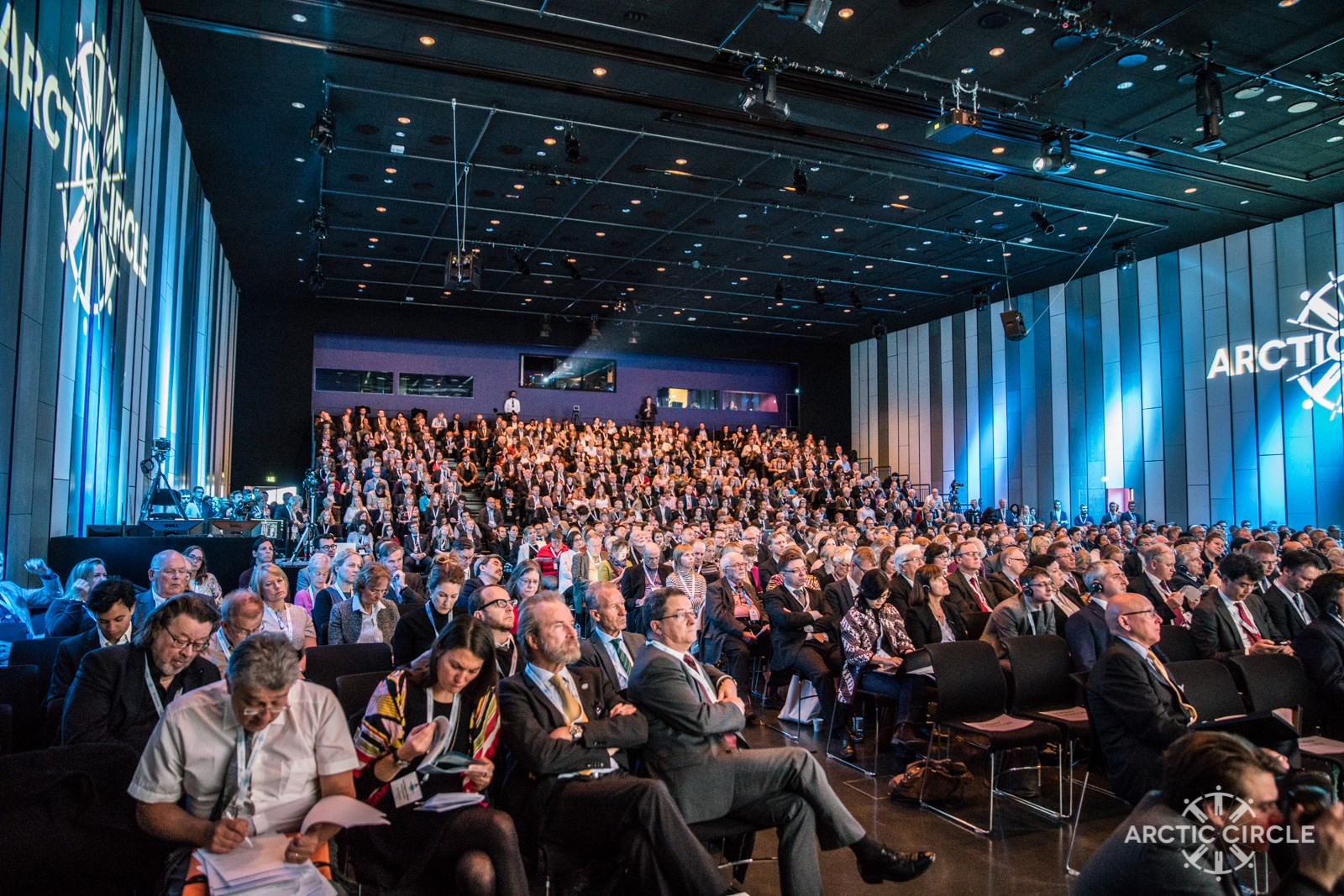Do conferences about the Arctic really matter?

The Arctic, or the High North, is the topic of an endless series of conferences. But do these conferences fill a role? Do they affect policies?
PhD Candidate Beate Steinveg of the University of Tromsø conducts her research on conferences about the Arctic. Yup, that’s right. With climate change, improved access and generally more attention drawn to the region, there is also an ever-increasing amount of larger and smaller conferences focusing on Arctic opportunities and challenges.
Beate Steinveg has chosen two major conferences as her main cases; the Arctic Frontiers that is run in Tromsø, Norway every January, and the Arctic Circle Assembly, which takes place in Reykjavik, Iceland every October. Both conferences convene some 2,000 attendees who have an interest in these issues and the question Steinveg asks is whether or not such conferences matter. What function do they have for different countries or actors with an interest in the region? Do they affect developments in politics or science?
“I write about conferences within a certain perspective and look at which function they have in the larger context of international cooperation. I will also investigate whether or not they carry elements of realpolitik, if there is genuine inference on politics,” Steinveg elaborates.
Her findings so far?
“So far, it appears as if there is a lot of politics involved, in particular behind the scenes.”
Enormous apparatus
The size of the apparatus involved with the conferences is astonishing. There is much happening behind the scenes, much that is not officially announced on the programme.
Steinveg has also discovered that conferences are used as political arenas and meeting places, and that a lot is put into attracting ‘the right people’ – top level politicians.
“I have spoken with people who say that when they go to a conference they only attend individual meetings, not any of the gatherings announced on the program,” she said.
Do they say anything about why they choose to participate on such arenas?
“It is my impression that representatives of the Arctic states are there to sell in their visions and often seek to promote their own interests,” she said “They also want to secure a realistic presentation of the Arctic and in that respect kill some of the myths about there only being ‘snow, ice and polar bears’. There are actually people living here. Many of the non-Arctic states are there to launch themselves as Arctic actors, and their participation can often be traced back to economic interests.”
There is an increasing amount of countries signing in. during this year’s Arctic Circle Assembly, Saudi Arabia joined the field. Most European countries have already flagged their interests. Both Great Britain, France and Germany emphasize Arctic knowledge and research, and in addition there are the major Asian economies.
“Perhaps countries from South America or Africa will be next,” Steinveg says dryly.
‘No one’ is in charge
Steinveg is now one year into the project that is planned to last for four years. Interviews with participants and actors have been most educational so far. When this year’s Arctic Circle Assembly took place a few weeks ago, Steinveg was present, aiming to speak with as many people as possible during the three days of the conference. She points out that one of the challenges is that no one carries a specific responsibility for following up initiatives that appear during a conference, and whether or not it is followed up may appear rather random.
“It is thus hard to trace whether or not political initiatives surfacing during a conference really have any effect or not, because no one carries any specific responsibility for following up. Interviews are thus what has been most educational for me so far,” Steinveg said.
She is now trying to find out how people benefit from attending arenas like these. She is also looking at what issues are raised.
“So far, there is a lot about climate and sustainable development, however, economic and political/community development is also represented,” she said.
That constitutes a change:
“I can see that over a longer time perspective, from the 1970s and 1980s and until now, there has been a development from the agenda covering narrow, often natural science-related issues to today’s hybrid conferences covering more or less everything; politics, natural sciences, business, local communities, indigenous issues as well as various forms of international cooperation during one and the same conference.”
And they abound…
“There is a vast number of conferences with Arctic issues on the agenda every year and in the most incredible places,” Steinveg adds. She lives in the Arctic capital of Tromsø herself, which may be influenced by hosting the large Arctic Frontiers conference? Or maybe not?
We will not have an answer to that until Steinveg’s research project is completed.